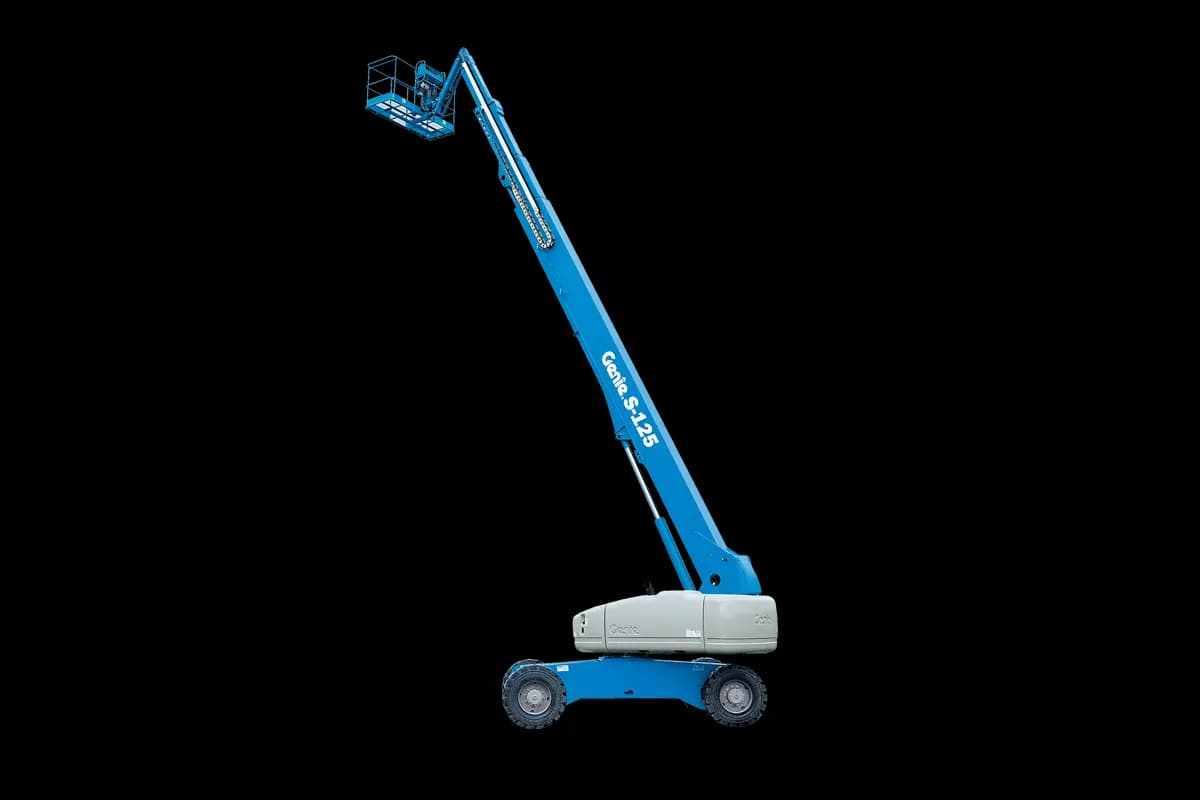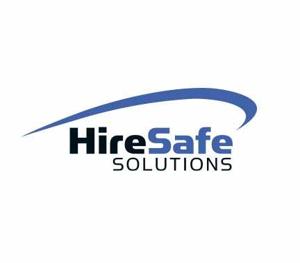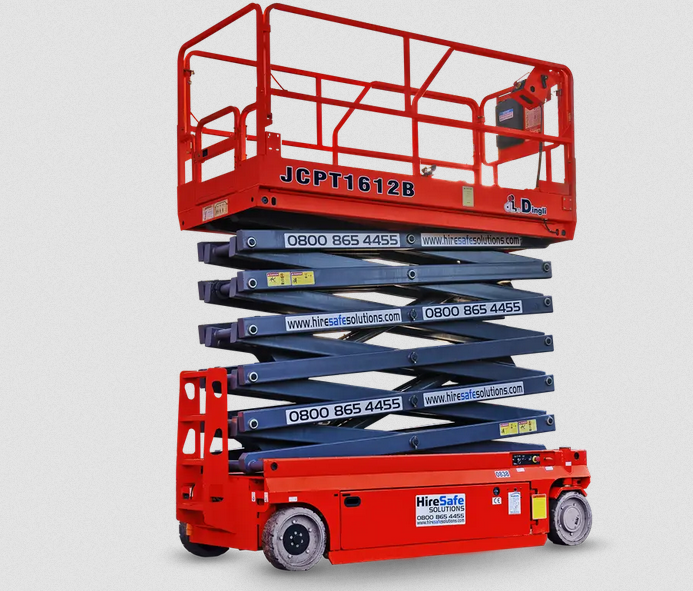
Selecting the appropriate Mobile Elevating Work Platform mewp boom lifts for hire for a specific job can significantly impact the efficiency and safety of a project. With numerous options available on the market, understanding the unique requirements of your task is essential to making an informed decision. This article aims to guide you through the factors to consider when choosing the right boom lift, ensuring that you have the right equipment for your needs.
Understanding the Different Types of Boom Lifts
Before diving into the selection process, it is crucial to comprehend the different types of boom lifts available. Generally, boom lifts are categorized into two main types: telescopic and articulating.
Telescopic Boom Lifts
Telescopic boom lifts, often referred to as straight boom lifts, feature a long, extendable arm that provides significant reach and height. These lifts are ideal for projects where the working area is relatively free of obstacles. For instance, construction sites where workers need to access high areas, such as rooftops or tall structures, benefit greatly from the straight reach of telescopic lifts. Their ability to extend upwards without any side-to-side movement makes them optimal for straightforward vertical lifting tasks.
Articulating Boom Lifts
In contrast, articulating boom lifts, also known as knuckle booms, possess multiple joints that allow the platform to navigate around obstacles. This flexibility is invaluable in environments where space is limited, such as in urban settings, where buildings and other structures may impede direct access. Articulating lifts can maneuver over obstacles, allowing workers to reach areas that would otherwise be inaccessible. Hence, for projects that require precision and the ability to navigate around barriers, articulating boom lifts are often the preferred choice.
Height and Reach Requirements
When selecting a boom lift, assessing the height and reach required for your specific task is critical. Each project presents unique challenges, and understanding the vertical and lateral reach needed will help narrow down your options.
Evaluating Site Conditions
Before making a decision, consider the site conditions where the boom lift will be used. Is the ground surface solid and stable, or are there uneven terrains? The lift's weight capacity and stability will vary depending on these factors. For instance, if the job involves working on a construction site with uneven ground, a boom lift with a wider base and enhanced stability features would be advantageous. Conversely, projects on flat, stable surfaces might accommodate a more lightweight model.
Understanding Load Capacity
Additionally, understanding the load capacity of the boom lift is essential. Each model has a specified weight limit that includes both the operator and any tools or materials being lifted. It is crucial to ensure that the chosen lift can safely accommodate the total weight to prevent accidents or equipment failure. Overloading a boom lift not only poses safety risks but can also lead to costly damages and project delays.
Power Source Considerations
The power source of a boom lift plays a significant role in its operational capabilities and suitability for particular environments. Boom lifts can be powered by various energy sources, including diesel, electric, and hybrid models.
Diesel Boom Lifts
Diesel-powered boom lifts are typically more powerful and suitable for outdoor use, especially in rugged terrains. They are favored in construction and industrial sites where heavy lifting is required. However, they may not be the best choice for indoor projects due to noise and emissions.
Electric Boom Lifts
On the other hand, electric boom lifts are quieter and produce no emissions, making them ideal for indoor use and sensitive environments. They are often lighter and easier to maneuver, but may not provide the same lifting power as their diesel counterparts. For jobs that require operation in confined spaces or environmentally sensitive areas, electric boom lifts are the ideal choice.
Hybrid Models
Hybrid boom lifts combine the benefits of both diesel and electric models, offering versatility for various job conditions. They can operate both indoors and outdoors, making them a flexible solution for contractors who work in diverse environments.
Safety Features and Compliance
Safety is paramount when operating any heavy machinery, and boom lifts are no exception. When choosing a boom lift, it is vital to consider the safety features it offers and ensure compliance with local regulations.
Safety Options to Consider
Look for boom lifts equipped with essential safety features such as guardrails, emergency stop buttons, and stabilizers. Additionally, having an operator protection system and tilt sensors can enhance safety during operation. Regular maintenance checks and adherence to safety guidelines are critical in ensuring that the equipment remains safe to use.
Regulatory Compliance
Moreover, it is crucial to ensure that the boom lift complies with all relevant safety standards and regulations. Familiarizing yourself with local safety regulations will not only help in selecting the right equipment but also protect your workers and reduce liability risks.
Rental vs. Purchase Decisions
Another consideration in the process of choosing a boom lift is whether to rent or purchase the equipment. This decision often depends on the frequency and duration of use.
Evaluating Project Duration
For one-time or short-term projects, renting a boom lift can be a cost-effective option. It allows access to the latest models without the financial burden of purchasing equipment. Conversely, if a company frequently engages in projects requiring boom lifts, investing in a purchase may be more economical in the long run.
Budget Considerations
In either scenario, it is essential to evaluate the budget. Ensure that the chosen boom lift aligns with financial constraints while meeting the project’s requirements. A detailed cost analysis will aid in making a prudent decision.
Conclusion
Choosing the right MEWP boom lift for a job is a multifaceted process that requires careful consideration of various factors. From the type of boom lift to the height and reach requirements, power sources, safety features, and rental versus purchase decisions, every aspect plays a crucial role in ensuring the success of the project. By taking the time to evaluate these elements thoroughly, operators can enhance productivity, safety, and efficiency on the job site.
For those looking to take the next step in securing the right equipment, HireSafe Solutions offers a wide range of boom lifts to suit any project need. With a commitment to quality and safety, they can assist in matching the perfect lift for your specific requirements. Ready to elevate your job site? Contact HireSafe Solutions today!



Write a comment ...